Discover 15 hidden attractions, cool sights, and unusual things to do in Nishinomiya (Japan). Don't miss out on these must-see attractions: KidZania Koshien, Hanshin Racecourse, and Koshien Stadium. Also, be sure to include Hirota Shrine in your itinerary.
Below, you can find the list of the most amazing places you should visit in Nishinomiya (Hyōgo).
Table of Contents
KidZania Koshien

Also known as: キッザニア甲子園
Theme park in Nishinomiya, Japan. KidZania is a privately held international chain of indoor family entertainment centers currently operating in 30 locations worldwide, allowing children to role play adult jobs and earn currency. It receives around 9 million visitors per year.[1]
Address: 1-100, Koshien Hachibancho, 663-8178 Nishinomiya
Hanshin Racecourse
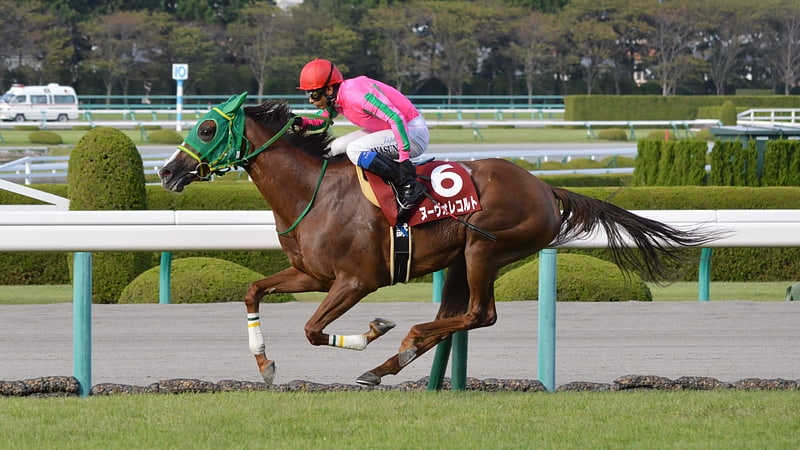
Also known as: 阪神競馬場
Racecourse in Takarazuka, Japan. Hanshin Racecourse is located in Takarazuka, Hyogo, Japan. It has a capacity of 139,000 and it is used for horse racing. The land was originally owned by Kawanishi Aircraft Company, which manufactured combat planes during World War II. After the World War II, GHQ ordered the company to stop manufacturing combat planes, which ended in closing the factory. In 1949, Keihanshin Keiba K.K. built the Hanshin Racecourse. The racecourse was transferred to Japan Racing Association in 1955. A major reconstruction was completed in 1991, and another in 2006.[2]
Address: 1-1 Komano-cho, 665-0053 Takarazuka
Koshien Stadium
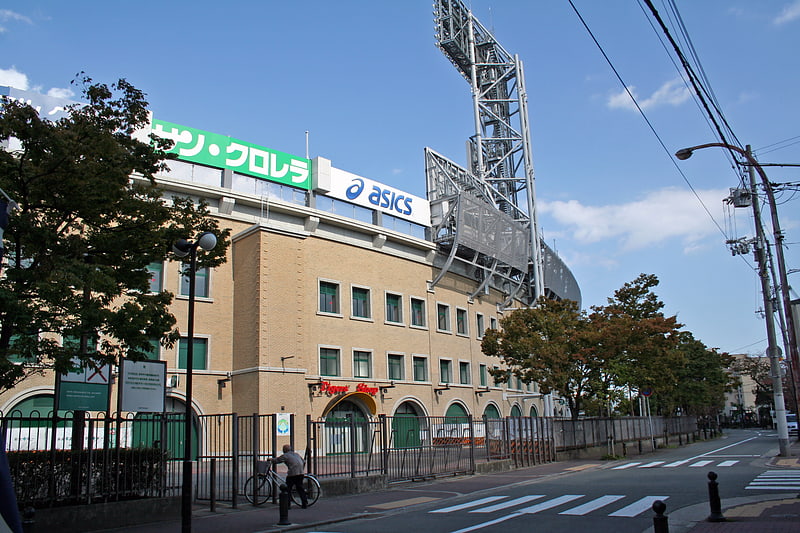
Also known as: 阪神甲子園球場
Stadium in Nishinomiya, Japan. Hanshin Koshien Stadium, commonly referred to as simply Koshien Stadium, is a baseball park located near Kobe in Nishinomiya, Hyōgo Prefecture, Japan. The stadium was built to host the national high school baseball tournaments, and opened on August 1, 1924. It was the largest stadium in Asia at the time it was completed, with a capacity of 55,000.
The name Kōshien (甲子園) comes from Wood Rat of the Sexagenary cycle system. The year of the stadium's founding, 1924, was the first year kōshi (甲子) in the cycle. The design of the stadium was heavily influenced by the Polo Grounds in New York City. In 1936 it became the home stadium for the Osaka Tigers (current Hanshin Tigers), now with the Central League. On February 14, 1964, Hanshin, the Tigers' owners, was appended to the name of Koshien Stadium.
In addition to the annual National High School Baseball Championship, played in August, the stadium hosts the annual National High School Baseball Invitational Tournament in March, a smaller, invitational tournament. Both tournaments are generally known simply as Kōshien. The high school tournaments are given a higher priority, with any tournament games that need to be rescheduled forcing the Tigers to postpone conflicting home games. It also hosts Japan's American college football national championship game, the Koshien Bowl.
Legendary baseball player Babe Ruth played an exhibition game at Koshien on his Japan tour in 1934. There is a plaque at the stadium commemorating the event.[3]
Address: 1-82 Koshiencho, 663-8152 Nishinomiya
Hirota Shrine
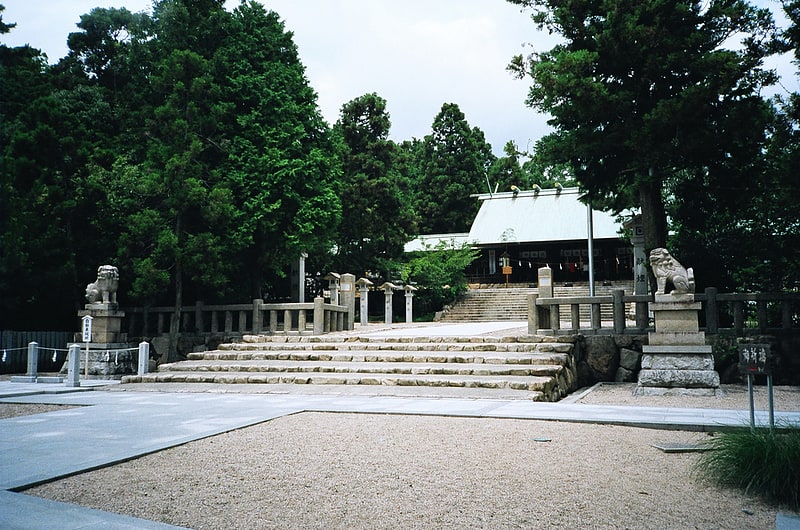
Also known as: 廣田神社
Shrine in Nishinomiya, Japan. Hirota Shrine is a Shinto shrine in Nishinomiya City, Hyōgo Prefecture, Japan. The town's name, "Nishinomiya", means "shrine of the west", and the town is named for Hirota Shrine.[4]
Address: 7-7 Taishacho, 662-0867 Nishinomiya
Kiyoshikōjin Seichō-ji
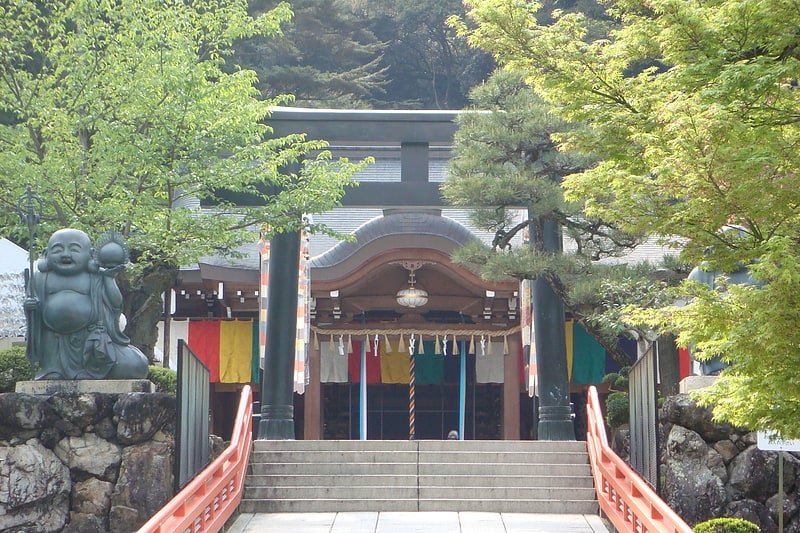
Also known as: 清荒神清澄寺
Ancient temple grounds and events site. Kiyoshikōjin Seichō-ji is a Shingon Buddhist temple in Takarazuka, Hyōgo, Japan. It is one of the typical type of mixture of Shintoism and Buddhism temples in Japan, and temple's name has two Chinese letters of two religions in Japan together, 'Jin' of Shintoism and 'Ji' of Buddhism. This type of mixture of two religions, called 'Shinbutsu shugo' was very common among Japanese temples or shrines until the Edo period, but the two religions were formally and forcedly separated by Meiji Government in the last half of the 19th century. In this sense, this temple is a good example that still preserves Japanese religious traditions before modernization.[5]
Address: 1 Maitani, 665-0831 Takarazuka
Nakayama-dera

Also known as: 中山寺
Buddhist temple in Takarazuka, Japan. Nakayama-dera is a Buddhist temple, in Takarazuka, Hyōgo, Japan.
The Kansai Kannon Pilgrimage No.24.[6]
Address: 2-11-1 Nakayamadera, 665-0861 Takarazuka
Nishinomiya Shrine
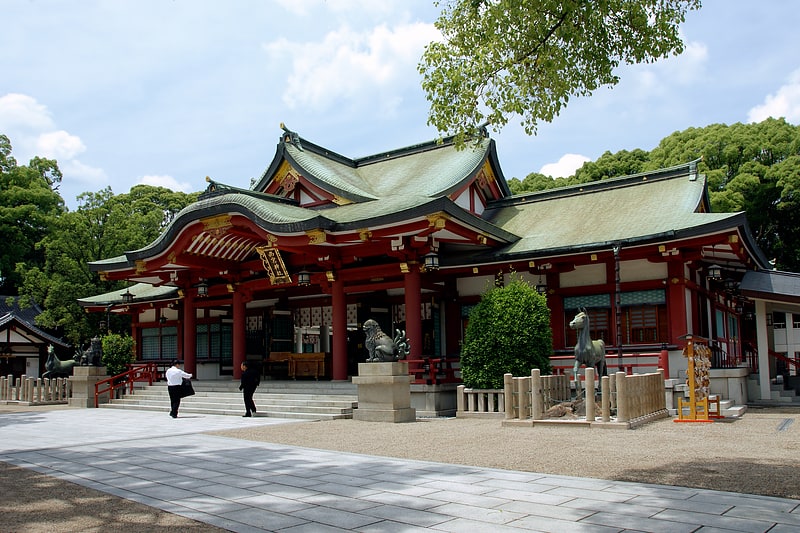
Also known as: 西宮神社
Longtime Shinto shrine of the Ebisu sect. Nishinomiya Shrine is a Shinto shrine in Nishinomiya, Hyōgo, Japan. It is the head shrine of the Ebisu sect of Shinto, and it is said that there are about 3,500 shrines under it. Locals call the shrine "Ebessan".[7]
Address: 1-17 Shakecho, 662-0974 Nishinomiya
Hōrai Valley
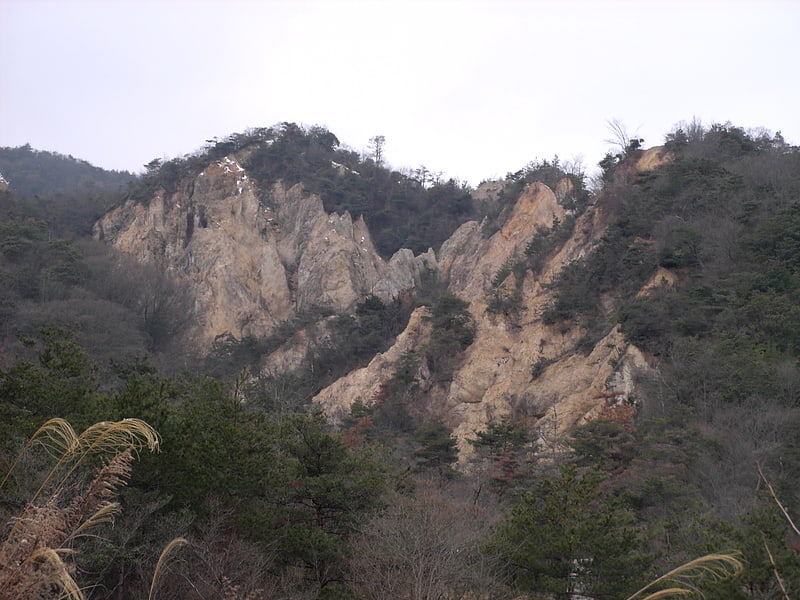
The Hōrai Valley is a geographical area that is located in the Rokkō Mountains, Hyōgo, Japan. This valley is a part of Setonaikai National Park in Japan. The name of Hōrai Valley coming from a name of the mountain in a mystical land found in Chinese mythology.[8]
Hyogo Performing Arts Center

Also known as: 兵庫県立芸術文化センター
Theater in Nishinomiya, Japan. The Hyogo Performing Arts Center is a performing arts center in the city of Nishinomiya, Hyōgo Prefecture, Japan, next to Nishinomiya-Kitaguchi Station operated by Hankyu Corporation. The Center was opened in 2005 to mark the ten-year anniversary of the Great Hanshin earthquake which largely devastated Nishinomiya and the surrounding cities.
The HPAC produces opera, ballet, theater, orchestral and chamber music performances, and is home to the Hyogo Performing Arts Center Orchestra.
Architectural design is by Nikken Sekkei with acoustical engineering by Nagata Acoustics. The architectural design received an Architectural Institute of Japan Architectural Design Commendation in 2007.[9]
Address: 2-22 Takamatsucho, 663-8204 Nishinomiya
Heirin-ji
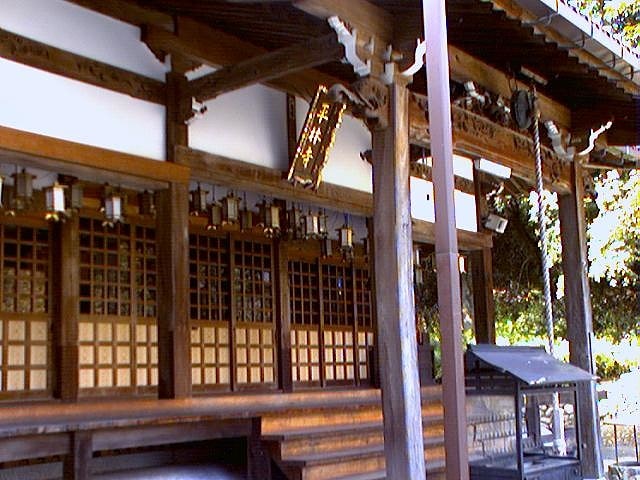
Also known as: 平林寺
Buddhist temple in Takarazuka, Japan. Heirinji is a Buddhist temple in Takarazuka, Hyōgo, Japan.[10]
Address: 4-7 Yashirocho, 665-0071 Takarazuka
Koshikiiwa Shrine
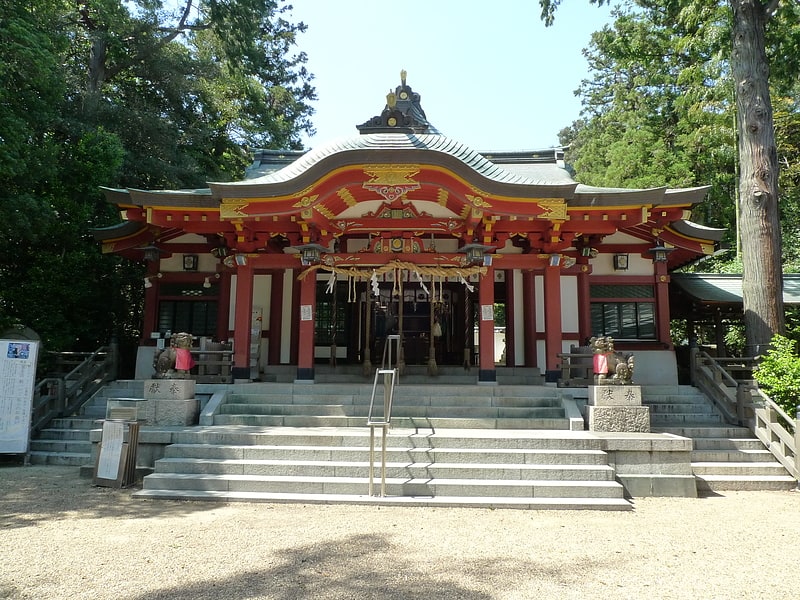
Also known as: 越木岩神社
Shinto shrine in Nishinomiya, Japan. Koshikiiwa Jinja is a Shinto shrine in Nishinomiya, Hyōgo, Japan. The other name of this shrine is Ebisu Daijingū. The focus of this shrine is a megalith called 'Koshiki-iwa', literally, 'Rice Steamer Rock', because ancient Japanese thought the shape resembled a traditional rice steamer. The height of the megalith is 10 metres with a circumference of 40 metres. The grounds of this shrine also include an outdoor sumo dohyo and a stage, possibly used for kagura.[11]
Address: 5-4 Koshikiiwacho, 662-0092 Nishinomiya
Takarazuka Grand Theater
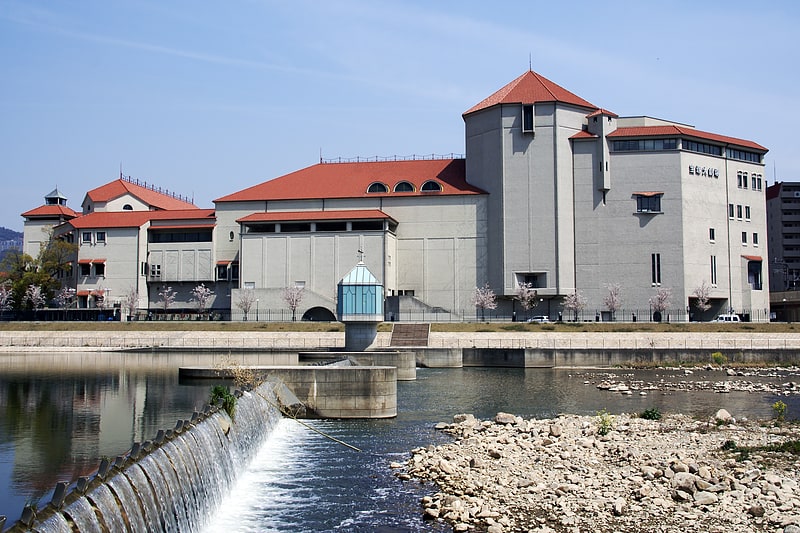
Also known as: 宝塚大劇場
Theater in Takarazuka, Japan. The Takarazuka Grand Theater is a theater located in Takarazuka, Hyōgo, Japan. It is the home theater of the Takarazuka Revue, an all-female theater troupe established in 1913. The Grand Theater opened in 1924 and was rebuilt in 1993; the two iterations of the structure are occasionally distinguished as the "Old Takarazuka Grand Theater" and the "New Takarazuka Grand Theater". The theater is adjacent to Takarazuka Bow Hall, a smaller theater also operated by the Takarazuka Revue.[12]
Mefu Shrine
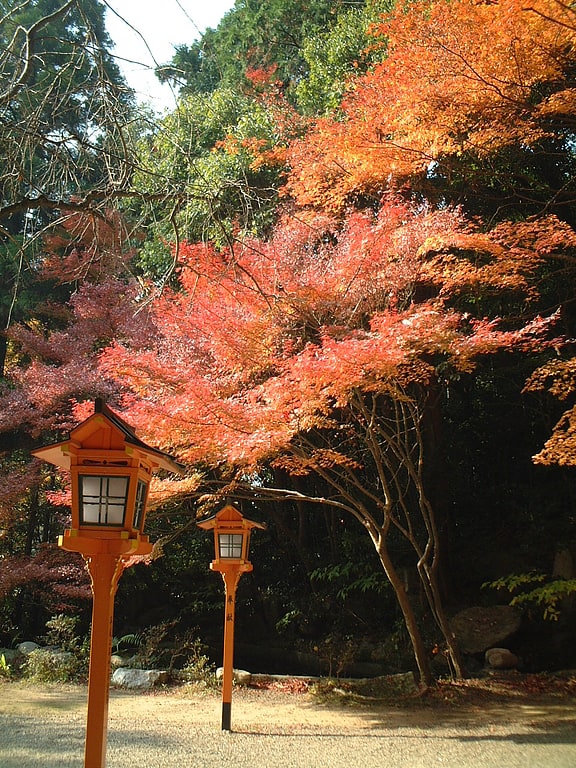
Also known as: 売布神社
Shrine in Takarazuka, Japan. Mefu Jinja is a Shinto shrine in Takarazuka, Hyōgo, Japan.[13]
Address: 1-1 Mefuyamatecho, 665-0854 Takarazuka
Gōshō-ji
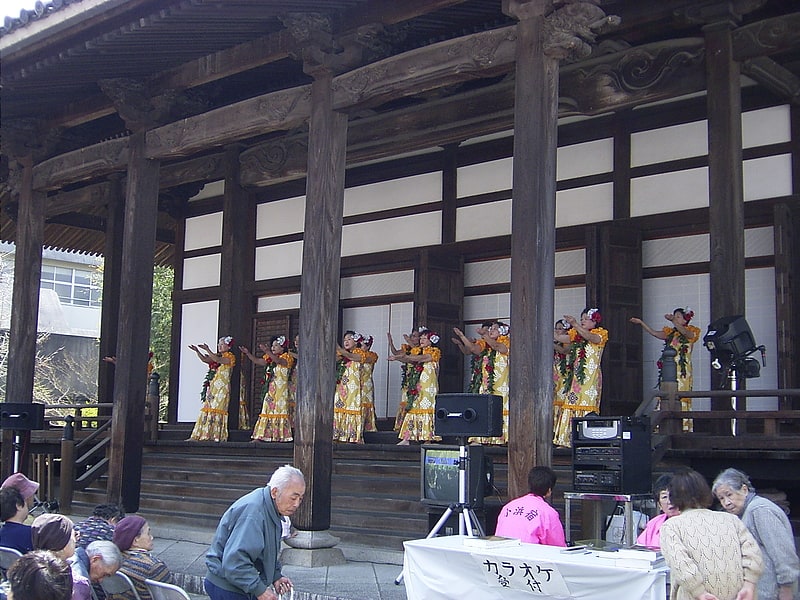
Also known as: 毫摂寺
Temple in Takarazuka, Japan. Gōshō-ji is a Jōdo Shinshū Buddhist temple in Takarazuka, Hyōgo Prefecture, Japan. The other name of this temple is Kohama-gobō. Kohama is the name of the area around the temple and along the Arima Kaidō, which connected Osaka and Kyoto to Arima Onsen during the Edo period.[14]
Address: 5-5-12 Kohama, 665-0827 Takarazuka
Kannō-ji
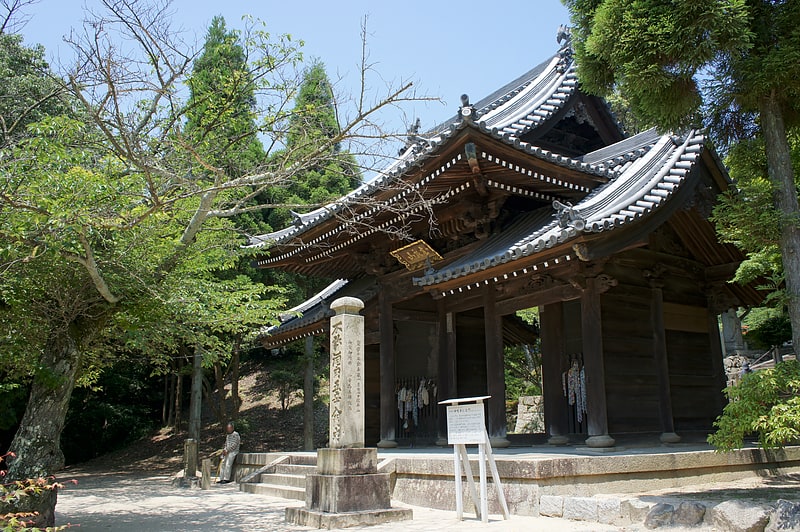
Also known as: 神呪寺
Temple in Nishinomiya, Japan. Kannō-ji is a Buddhist temple in the middle of Mount Kabutoyama in Nishinomiya, Hyōgo, Japan. The other name of the temple is Kabutoyama-daishi.[15]